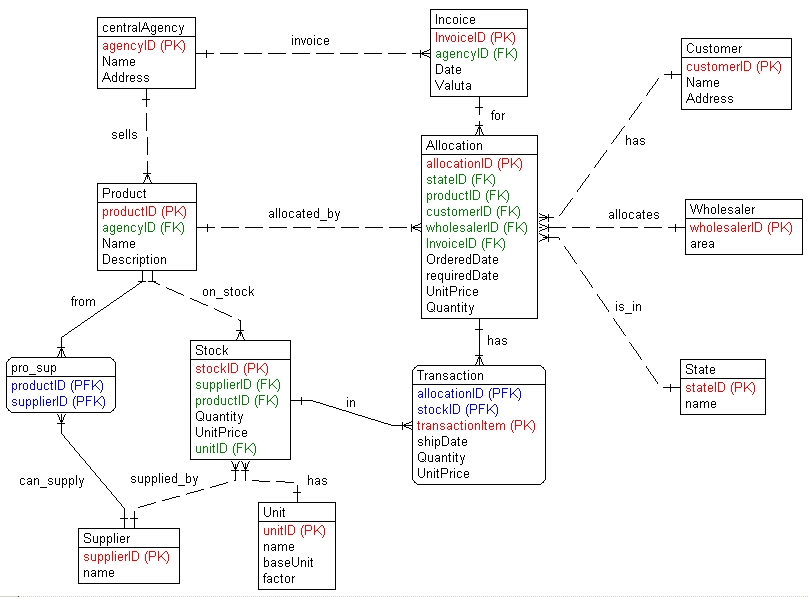I am designing a database for inventory management for a wholesale dealer. In my case, the firm will receive stock allocation but the actual physical stock will only be received later. So some times the actual physical stock received may be less than the allocation or vice versa. excess or shortage of actual physical stock will be adjusted with the next month's allocation.
To make it complicated there might be price difference also.
At any give point of time, the opening, closing stock should be known.
Can you provide any suggestion / advices as to design a normalized DB structure for this scenario ?

